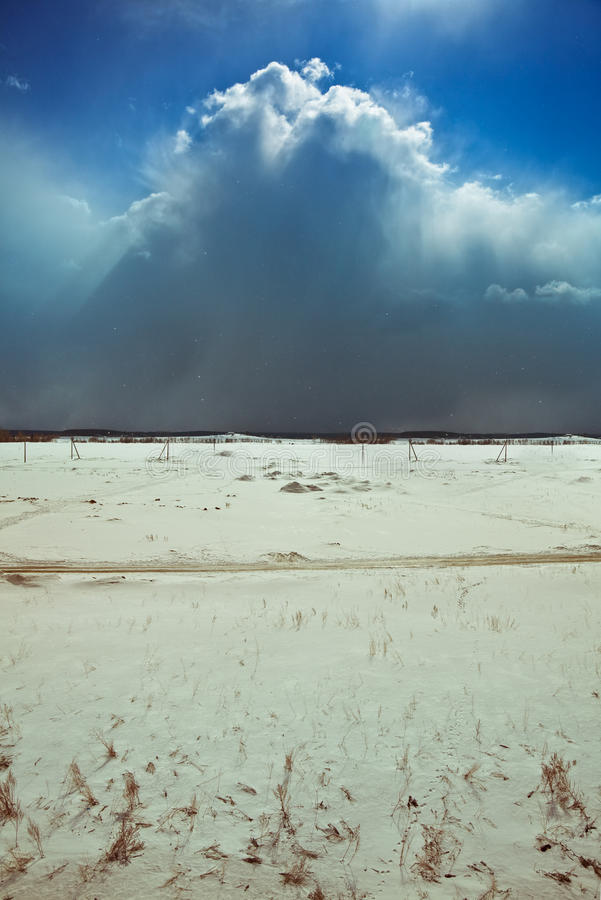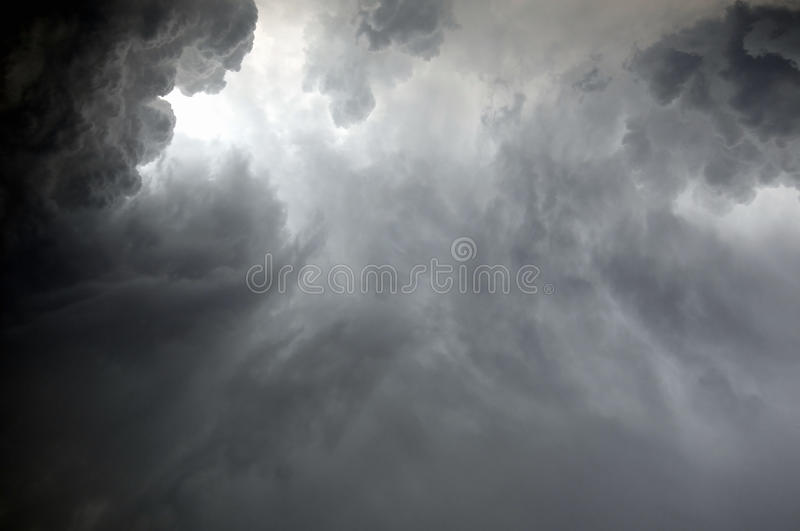
The Lost Child
A little child went out to play
the sun shone bright on the snow;
the child walked on and on, and then
He wandered away ± to our woe
Wandered across the hills and dales
formed by the drifted snow.
And he had such fun as he played in the sun
that he was lost. He didn’t know,
They lived on the plaines where the space was vast,
and the homes were far between.
And the little child as the sun went down
was nowhere to be seen.
The frigid winds began to blow,
the child cried with the cold;
He ran and stumbled in his fright
when the coyotes howled so bold.
The wind and snow went rustling by
piling higher the drifts.
Roaring, screaming and wailing by
and higher the snow bank sifts.
At last, so tired he could run no more
he stumbled and he fell.
As he lay he thought of his mother’s love,
and his little sister, Nell.
The wind blew a drift of snowy white
over the little form.
And he smiled and breathed a little sigh
as he thought he was getting warm.
He thought he was home in his little bed
so his faithful prayer he trilled,
and he could hear the angels sing
and his soul with wonder filled.
His parents wandered the whole night long
seeking their darling child
and they found him there in the drifted snow
on that morning cold and wild.
His little face turned to the sky
with a look of wonder filled;
God must have wanted their little child
that the wrath of winter killed.
From: The Voice in the Wind by Emily Lucy Huckell Featherhuff, 1983.
This poem is a fitting introduction to my essay on a book I recently read. Emily Featherhuff was my great aunt, a sister to my paternal grandmother. She and many of the older generations of my relatives lived (some still live) on the prairies of South and North Dakota. Many of us live in Minnesota as well. The Midwest is kind of famous for impetuous weather and weather with deadly results for man and beast. I just finished reading the Children’s blizzard by David Laskin which provides an interesting look at a deadly blizzard. It was a fitting book to read in the ‘dead of winter’ in the Midwest.
Hundreds of school children lost their lives during that blizzard—the blizzard of Jan. 12, 1881. The morning began unseasonably warm, so warm in fact that children did not wear their warm winter coats. They must have worn boots, yet one child (Addie Knieriem) wore only fancy shoes and subsequently froze her feet. I can see city kids thinking they could walk to school in light jackets, but many children walked miles to school, through pastures and roads and ravines.
Still, on that day, many children dispensed with heavy overcoats for Demin jackets with no scarves, mittens or hats. Boots seems only sensible, yet some kids left for school in their shoes instead. Well, jackets seem sensible too. And I’m sure more than one mother exclaimed that their child should dress warmly, but to no avail. Kids were heartier in those days. But, were they? The day began so warm and beautiful that people welcomed the warmth, especially after the brutal cold of the last few weeks.
By Friday, January 13th, more than 100 children were dead.

This story hangs onto me. Maybe because I’ve been to and lived on the South Dakota Prairie and I currently live in Minnesota. The names of the places are familiar. Maybe it lingers because humans can be taken in so quickly and so effectively. We are more fragile, more vulnerable than we think.
The author reports people starving to death. But I cannot think people starved overnight. The Blizzard did not go on for days, merely hours. How then could people starve all the way to death? But, of course, they did freeze to death. Perhaps malnutrition was a contributor to how quickly the children succumbed to the cold.
I think the author was talking about how difficult life was on the prairie, and that people who lived there starved to death. He reports that food was scarce and that families had just corn bread and melted snow to drink. It makes me wonder how much the early settlers knew about living off the land. The native tribes survived living off the land, hunting, fishing, gathering food items, but the settlers would not have had that knowledge of the land. I presume they knew how to hunt and fish, so perhaps the animals of the prairie were foreign or seemed unsuitable to catch and eat.
In this modern age of every convenience, can we imagine what life was like for early settlers on the Midwestern prairie? There was no electricity, no running water. Perhaps there were wells, but they did not flow into the sod shanties. Toilets? I cannot think there was indoor plumbing, so chamber pots and out houses were more than likely. People had to survive more hardship than cold car seats and walking two blocks to catch the heated school bus. There was no calling 911. In fact, there were very few ways to call for help.
Even though we are intelligent, resilient and hearty, humans are still so very fragile. A few hours—nay minutes in blinding blizzard reduces us to unthinking popsicles, kills us in droves.
The pioneers were resourceful people, staying in bed to keep warm when the winter cold overwhelmed their homes; heating with what was available, using a line to guide them from barn to house. Yet that resourcefulness was lacking when it came to problem solving the harsh wind and sudden freeze that the Jan 12, 1888 blizzard brought on.
Today, the temperature is 8 degrees in Minneapolis. The house cooled considerably after Tim and Ben came in from shoveling. I feel the wind breezing through the electric outlet by the kitchen sink. The safety plugs help defray that wind, but it still sneaks into the many slits between boards and windows. Even when we can get our home snug, it will never be snug enough. Still, our homes, even with their drafts are not close to what our ancestors endured.
When I think of the difference between my home today and the homes of the 1800’s I know how very different they are. I can only imagine what they used to insulate. (Newspaper in some cases.) Of course, sod huts had the earth, which is a natural barrier, so three or mostly four sides would help keep the out cold. The roofs were wood joists, with boards or paper, then sod over—not perfect. Those sod roofs did not keep out rain, so would not keep the wind out, either.
Then there was the need for fuel. The prairie did not have an abundance of trees to cut down and burn. Indeed, the trees were few and far between. Pioneers twisted/braided hay or prairie grasses and gathered cow chips to burn in order to heat their sod huts.
Another important factor was the vast distance people needed to travel—in most cases walk, to get anywhere. And it was the topography of the prairie, the monotonous undulating hills that hid structures, lulled walkers into the wrong direction. The blizzard was blinding, so that even those folks who knew their way, (even a short way) got lost in the blinding snow.
Can we even imagine snow so blinding that we cannot find our way from the garage to the house? Can we even imagine how very cold it was, so that our fingers become numb within minutes? I have lived in the midwest my whole life, so I know the numbing cold. It gets more uncomfortable with each 10-degree drop. Add the wind that blows through clothing. Then again, add the grains of frozen snow that melts as it reaches your skin, and you get some small sense of what these children experienced in the blizzard of January 12, 1888.
“The dark, blinding, roaring storm once experienced, ever remains an actual living presence, that has marked its pathway with ruin, desolation and death.”
The blizzard was historic in its suddenness. The weather forecasting in that time was woefully inadequate. Because of this blizzard, coupled with subsequent loss of cattle and crops—and of course the outrage of so many children dying, the general public called for a better weather warning system.
Since then, the weather bureau has gained more ways to observe and predict the weather. The blizzard was historic in its severity and the number of children’s lives lost, in the number of cattle lost and in its ability to make weather reporting an urgent issue. Yet, it was historical in one other way: “the blizzard of Jan. 12, 1888 marked a turning point, a change of mood and direction. a time of reckoning, and taking stock. A new mood in caution, suspicion, and bitterness took hold. (pg. 267)”
I am wondering if after this Covid 19 pandemic, there has been a similar change of mood—a change of our collective mood. Is it one of more personal resiliency? Is it hopelessness as we see our friends and loved ones become sick even after getting vaccinated? Is it incredibility as we see the nation so obstinately divided and how many people have died because they were too arrogant to believe the reality of the pandemic? Let me know what you think. Have we as a population changed our mood? If so, in what way?
A Small Casket
Enough wood is found to build
a box—the coffin varnished
with burnt cork. On two chairs stands
the little, black thing. The small form
is laid inside on a quilt—
the lid nailed down.
Every story is heartbreaking.
When moaning subsides to whimper,
the box is laid on the toboggan’s back.
Father follows, trudging the weary path
to the cemetery. Mother with baby
treads along behind, saying
the Lord’s prayer. Every
story is heartbreaking.
Every story
is heartbreaking.
by Annette Gagliardi
